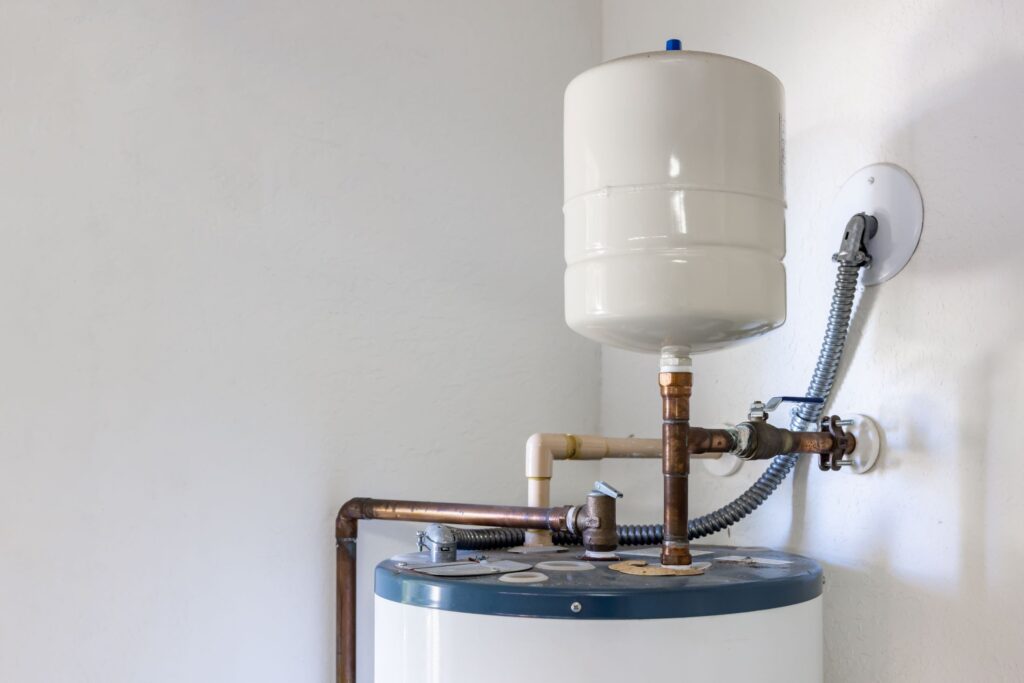Listed here below yow will discover some dependable content in relation to Tips For Maintaining Your Hot Water Heater.

Hot water is vital for day-to-day comfort, whether it's for a rejuvenating shower or cleaning recipes. To ensure your hot water system runs successfully and lasts much longer, regular maintenance is crucial. This write-up provides useful ideas and insights on how to keep your home's warm water system to avoid disturbances and expensive repair work.
Introduction
Keeping your home's warm water system may seem daunting, but with a few straightforward actions, you can ensure it runs efficiently for years to come. This overview covers every little thing from comprehending your hot water system to do it yourself upkeep tips and understanding when to hire professional aid.
Significance of Preserving Your Hot Water System
Normal maintenance not only prolongs the life-span of your hot water system yet also guarantees it runs successfully. Overlooking upkeep can lead to reduced performance, higher power bills, and even early failing of the system.
Signs Your Hot Water System Requirements Upkeep
Understanding when your warm water system needs interest can protect against major problems. Keep an eye out for signs such as irregular water temperature level, odd sounds from the heater, or rustic water.
Purging the Water Heater
Flushing your hot water heater gets rid of sediment buildup, enhancing performance and prolonging its life.
Checking and Replacing Anode Rods
Anode rods avoid deterioration inside the container. Inspecting and replacing them when worn is critical.
Complex Issues Needing Expert Aid
Instances include major leakages, electric troubles, or if your hot water heater is consistently underperforming.
Routine Expert Upkeep Perks
Specialist upkeep can consist of comprehensive evaluations, tune-ups, and making sure compliance with safety standards.
Examining and Changing Temperature Settings
Adjusting the temperature level setups makes sure ideal performance and safety.
Do It Yourself Tips for Upkeep
You can do a number of maintenance tasks yourself to keep your warm water system in leading condition.
Looking for Leaks
Routinely inspect pipelines and connections for leakages, as these can bring about water damage and higher costs.
Comprehending Your Hot Water System
Before diving right into upkeep tasks, it's useful to recognize the fundamental components of your warm water system. Generally, this includes the hot water heater itself, pipes, anode rods, and temperature level controls.
Regular Monthly Maintenance Tasks
Normal regular monthly checks can help capture minor issues prior to they escalate.
Examining Stress Relief Valves
Examining the stress relief valve ensures it operates properly and prevents extreme pressure build-up.
Protecting Pipelines
Protecting hot water pipelines decreases warmth loss and can save power.
When to Call an Expert
While DIY upkeep is advantageous, some concerns need specialist competence.
Conclusion
Regular upkeep of your home's hot water system is necessary for efficiency, long life, and cost financial savings. By following these ideas and knowing when to look for professional assistance, you can make certain a reputable supply of warm water without unanticipated disruptions.
Water Heater Maintenance: The Basics
Maintaining your water heater will ensure it operates efficiently and has a longer lifespan. Neglecting regular maintenance can lead to costly repairs and an even bigger chunk of your savings if you have to replace it sooner than necessary. But there’s good news: Most water heater maintenance tasks are relatively simple and easy for homeowners with basic DIY skills.
Flush the Water Heater
Over time, sediment and minerals can build up in the tank, reducing its efficiency and potentially causing damage. To flush the tank, turn off the power or gas supply, attach a hose to the drain valve near the bottom and open the valve to drain the water until it runs clear. Ideally, flush the tank annually.
Replace the Anode Rod
The anode rod is a sacrificial metal rod that helps prevent corrosion inside the tank. Inspect and replace it every three to five years or per the manufacturer's recommendation. To replace the anode rod, turn off the power or gas supply, drain a few gallons of water from the tank, unscrew the old rod and replace it with a new one. If the anode rod is significantly corroded or covered in calcium buildup, it's a sign the water heater may need to be replaced soon.
Tune-Up
A yearly tune-up can help identify potential issues and ensure your water heater operates at peak efficiency. This typically involves checking the thermostat, burner assembly (for gas heaters) and any other components specified by the manufacturer. During a tune-up, the technician may also clean the burner and adjust the pilot light (for gas heaters) or examine the heating elements (for electric heaters).
How to Maintain Your Water Heater
Insulate the tank. Insulating the tank can improve energy efficiency and reduce heat loss, saving you money on energy bills. You can purchase precut insulation blankets designed specifically for water heaters or use standard fiberglass insulation wrapped securely around the tank. Check the temperature. The recommended water temperature for most households is around 120 degrees Fahrenheit (49 degrees Celsius). Higher temperatures can increase energy costs and potentially cause scalding. Use a kitchen thermometer to check the temperature at the faucet nearest the water heater. Monitor water pressure. Excessive water pressure can strain the water heater and cause leaks or even tank failure. Install a pressure-reducing valve if necessary. The ideal water pressure range is between 60 and 70 PSI (pounds per square inch). Test the temperature and pressure (T&P) relief valve. The T&P relief valve is a safety feature that releases pressure if the tank gets too hot or the pressure builds up too high. Test it annually by lifting the lever and allowing a small amount of water to release. Replace the valve if it doesn't release water or reseal properly. Check for leaks. Regularly inspect the tank, pipes and fittings for leaks or corrosion. Deal with issues promptly to prevent further damage. Even a small leak can lead to significant water damage over time. Consider a tankless water heater. If your traditional tank-style water heater is nearing the end of its lifespan ( typically 10 years), consider replacing it with a tankless water heater. These units heat water on demand, reducing standby energy losses and potentially saving you money on your energy bills. Schedule professional maintenance. While homeowners can perform many water heater maintenance tasks, it's still a good idea to schedule professional maintenance every few years. A plumber or HVAC technician can thoroughly inspect the unit, identify potential issues and ensure it operates safely and efficiently. https://www.homeserve.com/en-us/blog/home-improvement/hot-water-heater-maintanence/

We hope you enjoyed our piece on Tips For Maintaining Your Hot Water Heater. Thanks a lot for taking the time to read through our content. Enjoyed reading our blog posting? Please share it. Let somebody else locate it. Thank you for being here. Don't hesitate to stop by our website back soon.
Book Appointment Now